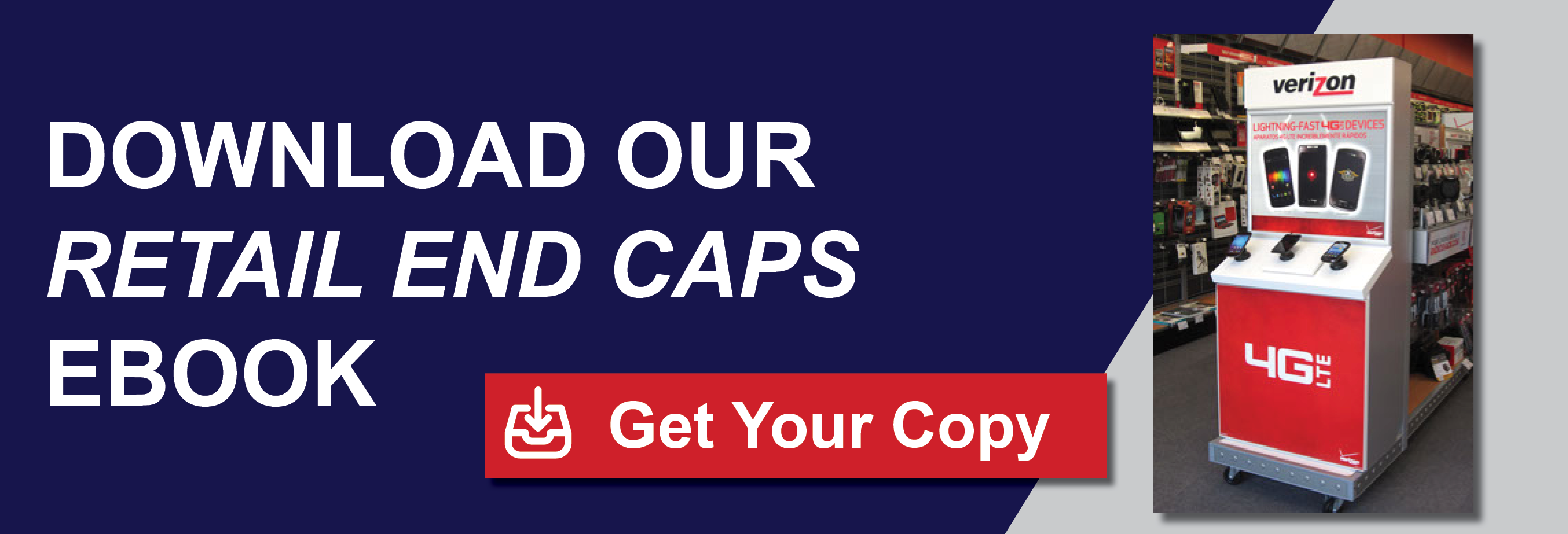
Thinking about entering the fast-paced world of retail? Even if you’ve been on the scene for a while, it’s good to periodically brush up on the basics. We often talk about retail merchandising, so this time, let’s talk about retail marketing.
Marketing is the process of informing potential customers about products or services and enticing them to purchase those goods or services. Retail marketing comes into play when your customers are end-users, also called consumers. These days, you often see that abbreviated B2C (business to consumer). Retail marketing strategy has traditionally been based on four factors, collectively known as “the 4 Ps.”
Product
In general, the products you sell are classified as:
- Hard (or durable) goods – Long-lasting items, such as cars, furniture, sporting goods, and some types of electronics.
- Soft goods – Items that last only a few years, such as apparel, home furnishings, etc., as well as consumables that are used up quickly, such as cleaning supplies, paper products, and personal care items.
Place
This is where you sell your products. That could be a brick-and-mortar store, a mall kiosk or mobile cart, or online. These days, many retailers operate from more than one location type. Interestingly, small, single-unit, owner-managed retail stores make up more than 90% of US retailers but account for less than half of all retail sales.
Price
Pricing strategy depends on your products, clientele, and branding:
- Huge stores with narrow profit margins use “everyday low pricing” to attract shoppers.
- Small and mid-size retailers use “high/low” pricing – starting high with new items and reducing the price on slow-moving items.
- If the high/low strategy isn’t working, retailers sometimes turn to “competitive” pricing – copying or undercutting competitors.
- “Psychological” pricing is used to make customers think an item is cheaper than it is – for instance, $2.99 seems like less than $3 because your eyes focus on the 2.
Promotion
Promotion is the process of spreading the word about your store and products. It can include print or broadcast advertising, in-store displays and other visual merchandising techniques, your website, social media and other digital marketing channels, and of course, your sales associates. What you sell, where you do business, and your pricing strategy all affect your retail marketing decisions.
Today, successful retail marketing is customer-focused
While the 4 Ps still have basic value, they are based primarily on what you want as a marketer. Today, however, the most successful retailers have re-focused their marketing, away from themselves and onto their customers. They are augmenting the 4 Ps with these 4 Cs:
- Customer
- Cost (the shopper’s perceived personal “cost” of buying or not buying your product)
- Convenience
- Communication
Effective, efficient marketing requires knowing your customer(s) very well. That way, every aspect of your merchandising and marketing can speak to “what’s in it for them” – how they will look or feel, or how their life will be better if they choose your store and your products. You’ll be successful if you consider each retail marketing element through the eyes of your customer.
